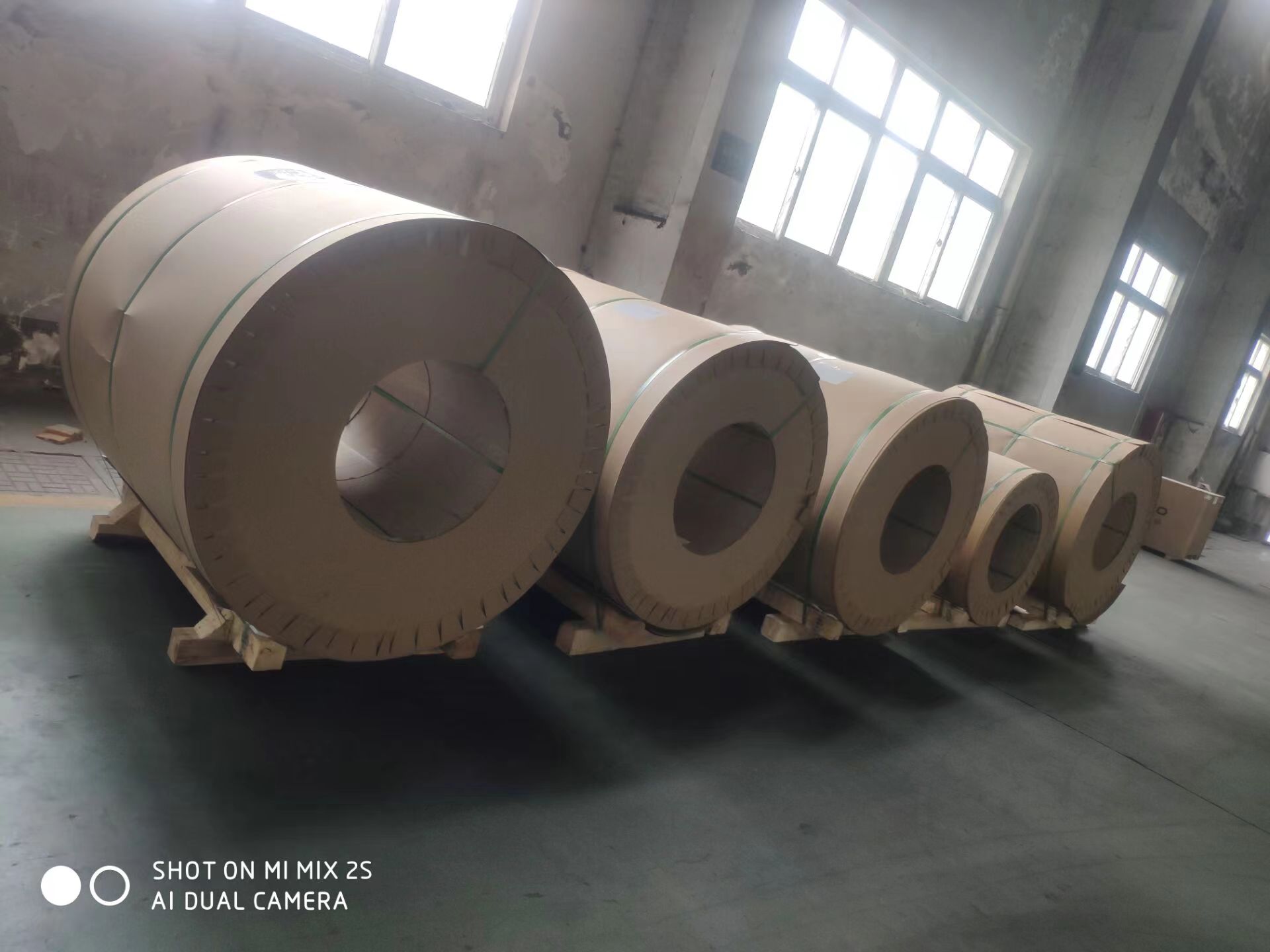
The Evolution and Importance of Corrugated Forming Machines
Corrugated forming machines are a vital component in the manufacturing process of corrugated cardboard, which has become an indispensable material in various industries, including packaging, construction, and shipping. The evolution of these machines has significantly enhanced production efficiency, quality, and versatility, marking a paradigm shift in how businesses utilize corrugated materials.
Historically, corrugated cardboard emerged in the mid-19th century as a solution to the growing demand for durable and lightweight packaging materials. The introduction of corrugated forming machines revolutionized the production process by automating the crafting of corrugated sheets, thus increasing output and reducing manual labor. These machines have evolved considerably since their inception, with advancements in technology leading to more sophisticated and efficient designs.
Modern corrugated forming machines come equipped with various features aimed at improving performance. These include fully automated feeding systems, precision cutting tools, and the ability to create multiple flute types and sizes. With the integration of digital technology, manufacturers can now produce custom orders that meet specific requirements in terms of size, shape, and design. This level of customization has opened new avenues for businesses, allowing them to cater to niche markets and diverse customer preferences.
One of the key advantages of corrugated forming machines is their ability to produce high-quality corrugated materials that are both lightweight and strong
. The fluted structure of the cardboard provides exceptional rigidity while minimizing weight, making it an ideal choice for packaging fragile goods. Furthermore, modern machines use advanced materials and processes to ensure that the final product is environmentally friendly, contributing to the growing demand for sustainable packaging solutions.
Efficiency is another significant aspect of corrugated forming machines. The automation and streamlining of production processes have enabled manufacturers to significantly reduce production times and costs. High-speed machines can produce thousands of sheets per hour, effectively meeting the demands of high-volume production. This efficiency not only benefits manufacturers but also leads to lower costs for consumers, making corrugated packaging more accessible.
Moreover, as e-commerce continues to grow, the demand for robust packaging solutions has skyrocketed. Corrugated forming machines play a crucial role in this sector, providing packaging that protects goods during shipping and handling. Their versatility allows for the production of various packaging types, from shipping boxes to custom-designed retail displays.
As industries evolve, so do the needs for packaging solutions, and corrugated forming machines are at the forefront of this transformation. Manufacturers are increasingly focusing on innovation, investing in research and development to enhance the capabilities of these machines. This commitment to improvement ensures that the corrugated packaging industry can adapt to changing market trends and customer demands.
In conclusion, corrugated forming machines are essential in the production of corrugated cardboard, impacting numerous sectors through their efficiency, quality, and versatility. As technology continues to advance, these machines will likely become even more sophisticated, further cementing their role as a cornerstone of modern manufacturing. The ongoing evolution of corrugated forming machines not only reflects the industry’s dedication to quality and efficiency but also its commitment to sustainability and innovation in packaging solutions.